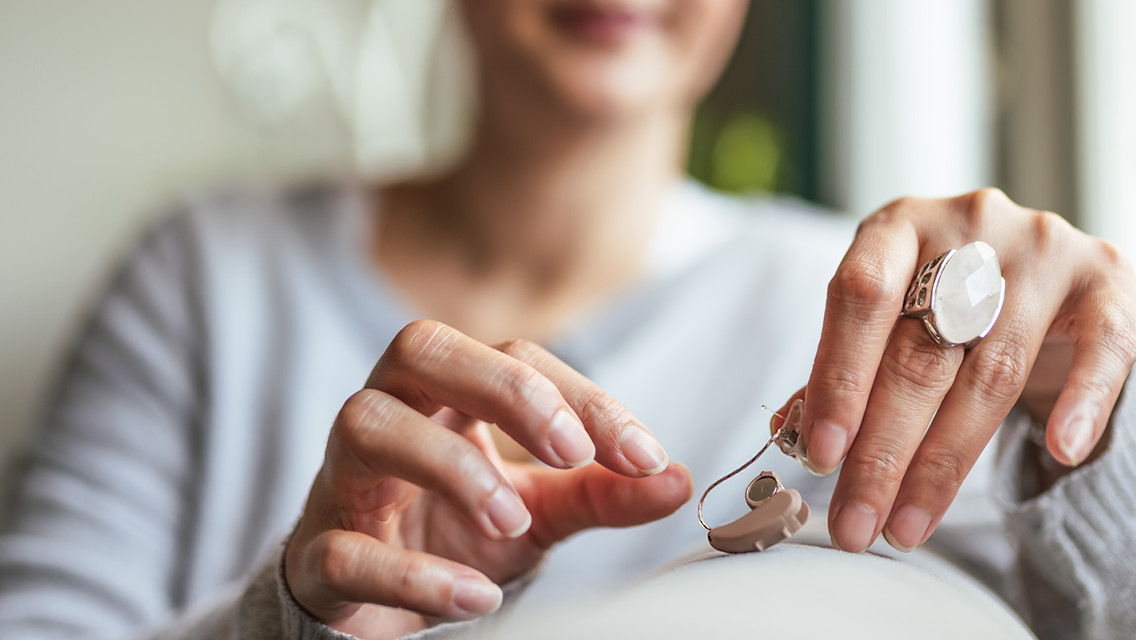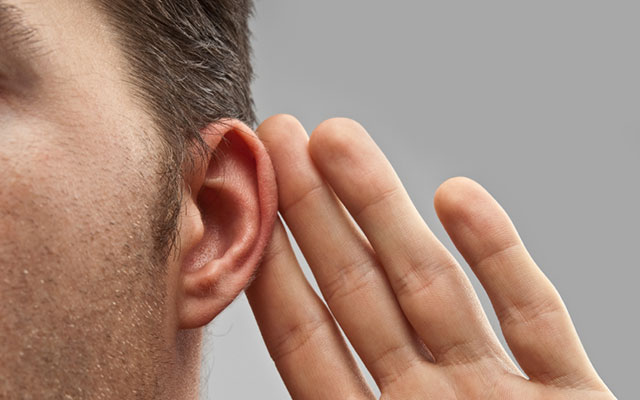Some 30 million Americans struggle with hearing loss, yet fewer than one in five address the condition by springing for hearing aids. For some, vanity certainly plays a part in this decision, but price is also huge barrier.
Insurance plans — including Medicare — typically do not cover the devices, which can cost thousands of dollars each.
So, when Congress in 2017 instructed the FDA to draft guidelines that would allow manufacturers to sell affordable hearing aids without requiring a prescription, it appeared we’d soon see hearing-impaired consumers flocking to their local drugstores for some long-awaited solutions.
Four years later, we’re still waiting.
As Kevin Franck, PhD, and Vinay Rathi, MD, note in the New England Journal of Medicine, over-the-counter (OTC) hearing aids are already available in other countries, and Congress hoped to spark price reductions and technological innovation in an industry that has been insulated from competition by state licensure laws and corporate consolidation. The bill would essentially encourage manufacturers to make less-expensive hearing aids widely available without forcing consumers to jump through prescriptive hoops.
But the FDA missed its 2020 deadline, claiming that “competing regulatory priorities” during the pandemic stymied its efforts. And though the agency has declared no clear timeline for releasing the regulations, it did offer some clues to how they might play out by granting Bose Corporation clearance, in October 2018, to sell a self-fitted air-conduction hearing aid.
You won’t find the Bose instrument at your local drugstore, though. The company hasn’t yet ramped up production. And if what its engineers envision is anything like the prototype described in the FDA filing — two large earbuds anchoring a pair of thick wires that descend into a bulky plastic neck band — those waiting for affordable, unobtrusive hearing aids may have to wait a while longer.
By the Numbers
30 Million Americans suffer hearing loss, according to the President’s Council of Advisors on Science and Technology.
16% of those with hearing loss use hearing aids.
77% of respondents ages 50 to 80 had not had their hearing checked in the past two years, according to a University of Michigan poll.
This article originally appeared as “A Deafening Silence” in the September 2021 issue of Experience Life.





This Post Has 2 Comments
The problem with most hearing aids is, when you wear glasses, plus a mask, then hearing aids, the hearing aids end up on the floor when you remove the mask. I stopped wearing mine after the start of COVID.
Great post. Truly even though hearing aids can be pricey, they probably will make your life better and can be well worth the money. Consider all of your options when looking for a hearing aid to determine which model will suit you best. Having the best hearing aids can help you hear better, even if you are struggling with a mild hearing loss. Just visit access hearing aids to assist you in selecting the appropriate hearing aid devices and modifying it to fit your lifestyle.